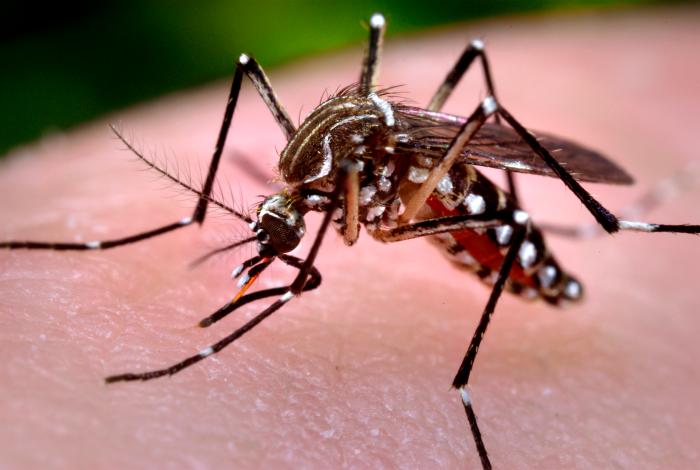We have been monitoring the yellow fever outbreak in Angola for several weeks now and today the World Health Organization (WHO) released an update that provides some additional details about the situation.

The first cases were identified in the district of Viana (Luanda province) on 5 December 2015. Yellow fever infection was initially confirmed in three patients by polymerase chain reaction at the Zoonosis and Emerging Disease Laboratory of the National Institute for Communicable Diseases in Johannesburg, South Africa and at the Pasteur Institute in Dakar, Senegal.
As of 8 February, a total of 164 suspected cases and 37 deaths had been reported in Angola. The majority of cases (n=138) had been reported in the province of Luanda. Other affected provinces include Cabinda, Cuanza Sul, Huambo, Huila and Uige. Suspected cases are undergoing laboratory testing in order to rule out other etiologies and cross reactions with yellow fever.
The national task force has been activated to control the outbreak. Health authorities in Angola are implementing a number of control and response activities, including coordination, clinical case management, enhanced surveillance, laboratory testing, social mobilization and vector control. Epidemiological and entomological investigations are ongoing in the main affected areas. On 3 February, the first round of immunization campaign started in Luanda.
Yellow fever is an acute viral hemorrhagic disease transmitted by infected mosquitoes. Up to 50% of severely affected persons without treatment will die from yellow fever. There are an estimated 130,000 cases of yellow fever reported yearly, causing 44,000 deaths worldwide each year, with 90% occurring in Africa. There is no specific treatment for yellow fever. Treatment is symptomatic, aimed at reducing the symptoms for the comfort of the patient. Vaccination is the most important preventive measure against yellow fever.
Related:


Surveillance for yellow fever should be urgently instituted in forested border areas with Angola of both Congos (bordering Cabinda province) and Namibia (border close to Huila province) & their capitals. World vaccine stocks should be replenished asap. Countries at risk in the region should develop yellow fever contingency plans and be prepared to act rapidly at the first suspicion of cases, given that the vaccine needs a week to take full effect. – Jack Woodall PhD, virus lab researcher who has worked in Africa & Brazil.